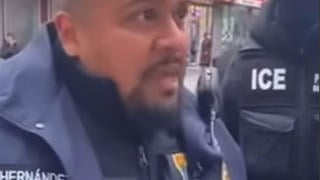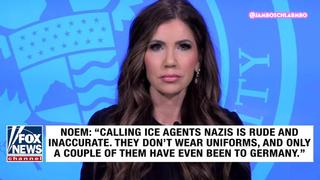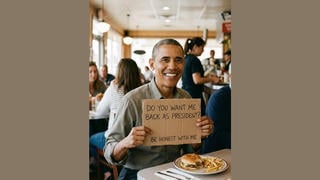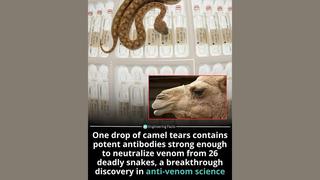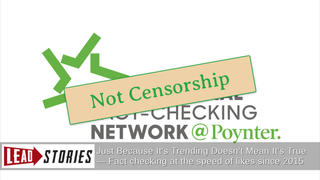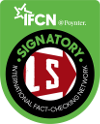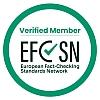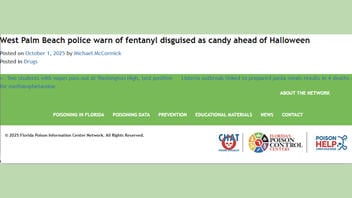
Did testing confirm that brightly colored candies seized by the West Palm Beach police and mentioned in the law enforcement's Halloween warning contained fentanyl? No, that's not true: According to the update shared with the public, the lab results showed that the candies contained no controlled substances. The rumor that cartels or drug dealers give away expensive substances in massive quantities for free every Halloween is a recurring urban legend.
The claim appeared in a notification (archived here) published on the website of Florida's Poison Control Centers, where it was published on October 1, 2025. It read:
West Palm Beach police warn of fentanyl disguised as candy ahead of Halloween.
This is what it looked like at the time of writing:
(Source: Lead Stories screenshot of page at floridapoisoncontrol.org)
On October 6, 2025, however, the website of West Palm Beach published an update (archived here) refuting the initial warning:
During a recent traffic stop in West Palm Beach, officers seized brightly colored substances that field-tested positive multiple times for Fentanyl disguised to look like candy. The material appeared to resemble pearlescent gumballs, raising concern due to its similarity to a deadly synthetic opioid often linked to overdoses nationwide.
Out of an abundance of caution and with Halloween approaching, this information was shared prior to the completion of confirmatory laboratory testing.
The final sentence of the update read:
Subsequent testing revealed no presence of narcotics.
Rumors about various brightly colored or flavored drugs given to children, especially during Halloween activities, have been around at least since 2006, as Lead Stories previously reported. Yet, experts find no evidence (archived here) suggesting that widespread, systemic, cartel-organized trick-or-treating candy tampering is real and describe it as misinformation (archived here).




